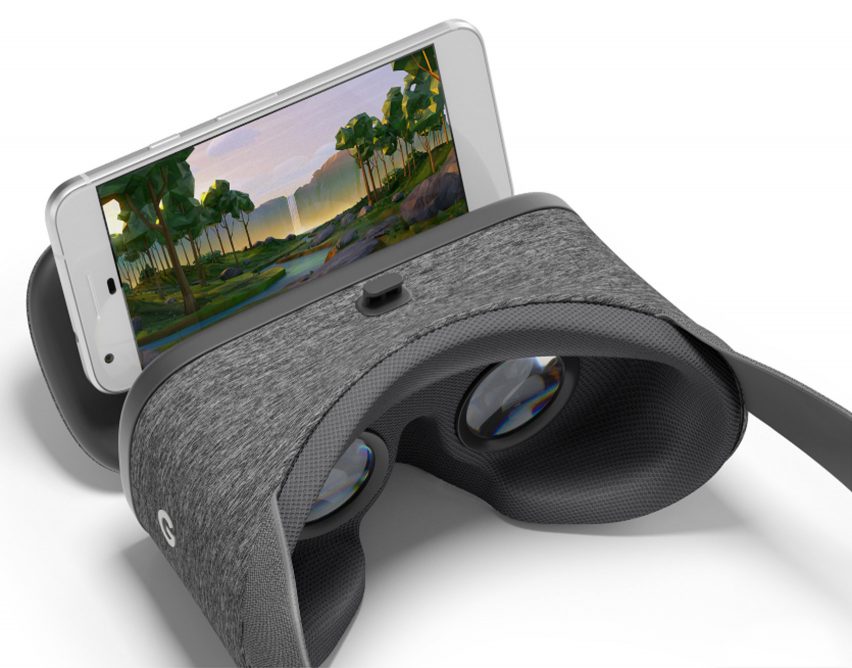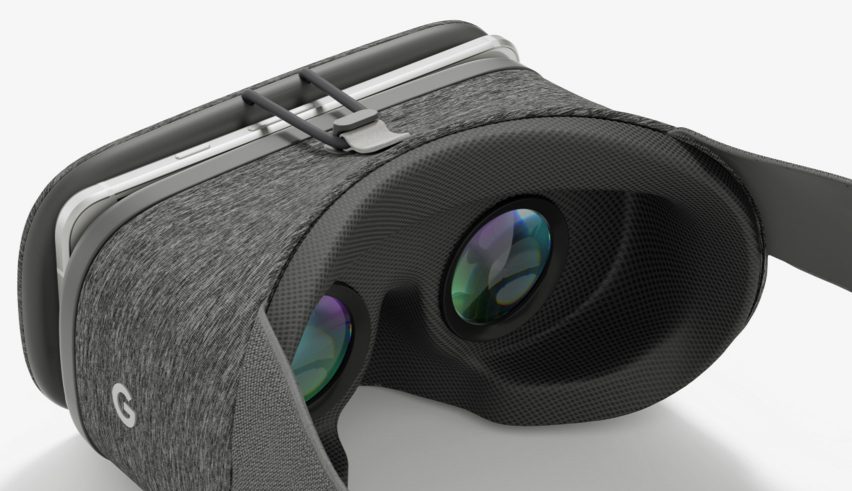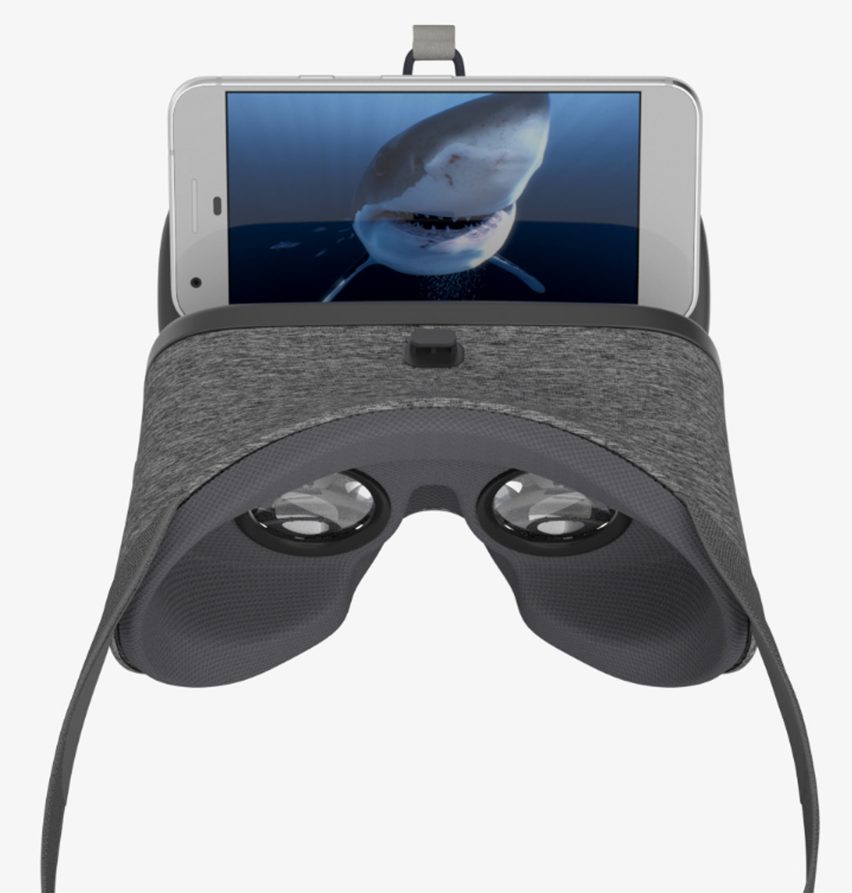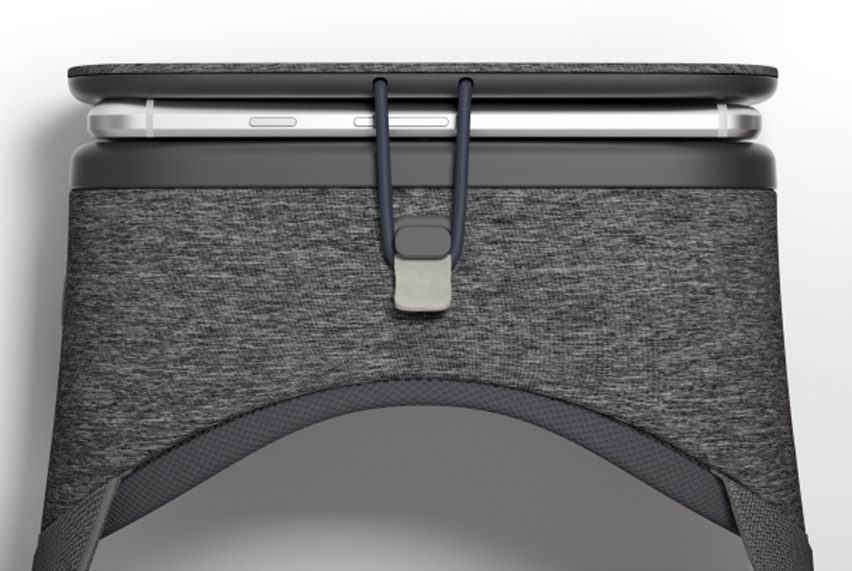Google's fabric VR headset is based on the "clothes we love to wear"
Google has upgraded its thrifty cardboard VR headset with a fabric version named Daydream View, which is designed to work with the company's first own-brand smartphone.
The Daydream View virtual reality kit consists of a headset and controller.

The headset is made with soft, breathable fabric and is designed to fit over eyeglasses. The minimal controller has sensors to mimic the user's movements and gestures.
The kit is compatible with any smartphone enabled with the company's Daydream platform, although currently this is only the Google Pixel.
"Our goal for Daydream is to simplify the complexity behind virtual reality," said Google. "It should be mobile so you can easily carry it with you, and it should be friendly and accessible so everyone can enjoy using it."
According to Google, the design of the headset is based on the "clothes we love to wear". It is made with stretch fabric to make it more comfortable.

Technology company Mona also used fabric for its set of VR goggles, which similarly incorporate a wearer's smartphone.
While it uses fabric, the Daydream goggles function in much the same way as the company's cardboard headset, where the mobile phone is placed behind a latch at the front of the device.

However, the new device is able to connect wirelessly to the smartphone, bypassing the need for any cables or connectors.
When not in use, it opens up at the front to reveal a pocket designed to store the controller.
Daydream was unveiled at an event yesterday, where the company also launched its own-brand smartphone to rival Apple's iPhone and the connected Google Home device.
The headset will go on sale in November for £69. It will be available in three different colours – slate, snow and crimson.

The Daydream View is the latest in a growing number of virtual-reality headsets created as the technology develops. Designers have envisioned everything from hooded sweatshirts to sculptural helmets as means to immerse the wearer in virtual worlds.
The technology's potential role in architecture and design has been much discussed, with visualisation artist Olivier Demangel of IVR Nation saying that VR would become "more powerful than cocaine".
These predictions are now becoming more of a reality, with apps such as Google's Tilt Brush allowing designers to walk through their sketches in 3D as they draw them.